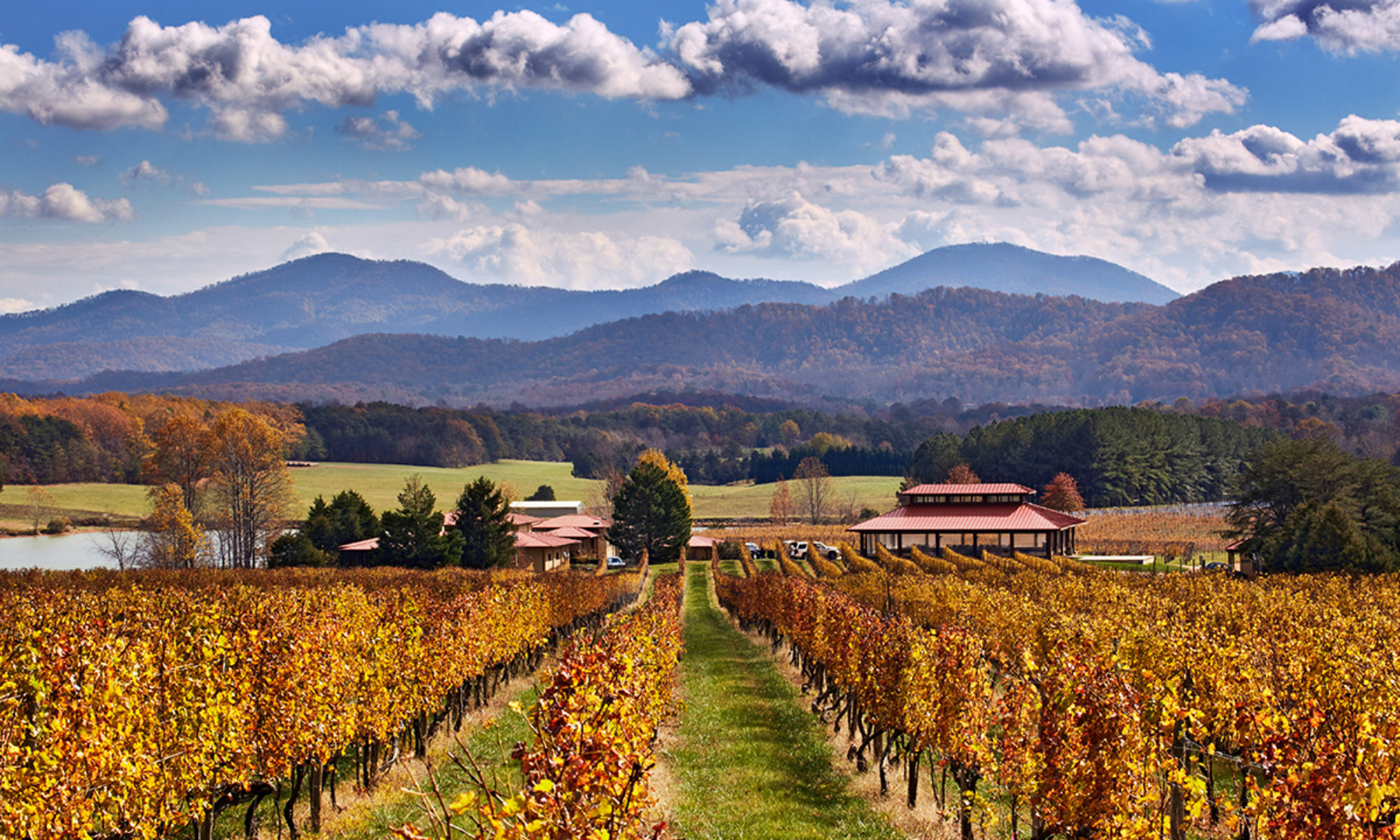Preston Ridge Winery
Located in Martinsville, Patrick County, at the foot of the Blue Ridge Mountains and near the Martinsville Speedway and the Smith River Sports Complex. Owners Lawrence and Lois Penn decided to build the Preston Ridge Winery in the Spring of 2009, with a vision of creating Martinsville’s first winery and its finest wine bar.
Wine. Tier III. This is a winery, and not a vineyard. In 2003, Lawrence Penn – who claims to be descended from a long line of bootleggers — began as a home winemaker, and over the next few years realized that a career was about to take shape when friends and family repeatedly called upon him for more and more of the wines that he produced. He was given room to experiment, and created quite an eclectic menu of wines. Grapes are sourced from multiple growers, in Virginia and from out of state.
Setting. Nothing fancy about this welcoming winery. You’ll find wine and beer-making supplies along with the finished product, and owner Lawrence or other family members doing the pouring and telling stories.
Stories. Fairy Stone State Park. Some ten miles northwest from Preston Ridge Winery lies one of Virginia’s original six state parks, Fairy Stone State Park. The Park has an interesting history dating back to the early 20th century – and much farther back. The surrounding hills here were once rich with iron ore. For a few decades the local town of Fayerdale flourished, thanks to thriving mining and timber industries. But by the 1920s and the Great Depression, mining and logging operations shrunk and/or closed, leading some income-strapped locals to take up moonshine production. At the end of the 1920s, Fayerdale was effectively a ghost town. Then the Civilian Conservation Corps arrived, and the former mining hub was transformed. When the Corps workers were finished and Fairy Stone, surrounding the 168-acre Philpott Lake, opened in 1936, it was Virginia’s largest park. The park’s most unique feature has a history that extends back millennium, not decades. Fairy Stones are Staurolite crystals, something found in only a few places around the world. The geological wonders are twinned, six-sided crystals that were formed deep underground, a combination of silica, iron, and aluminum, that at times form a variety of cruciform shapes, commonly resembling traditional Roman crosses, diagonal St. Andrew’s crosses, and more boxy Maltese crosses. Once above ground the action of wind and rain dissolved the softer surrounding schist to reveal the cross-shaped minerals within. Virginia has the most abundance of Fairy Stones, though some can also be found in Georgia, New Mexico, Brazil, and Switzerland, and Fairy Stone State Park is among the best places on the planet to find them, attracting everyone from armchair geologists to treasure-hunting toddlers. Non-geologists prefer to see the small, cross-shaped rocks as having an enchanted origin, from the crystallized tears of ancient fairies who shed them upon hearing the news of Christ’s crucifixion.
